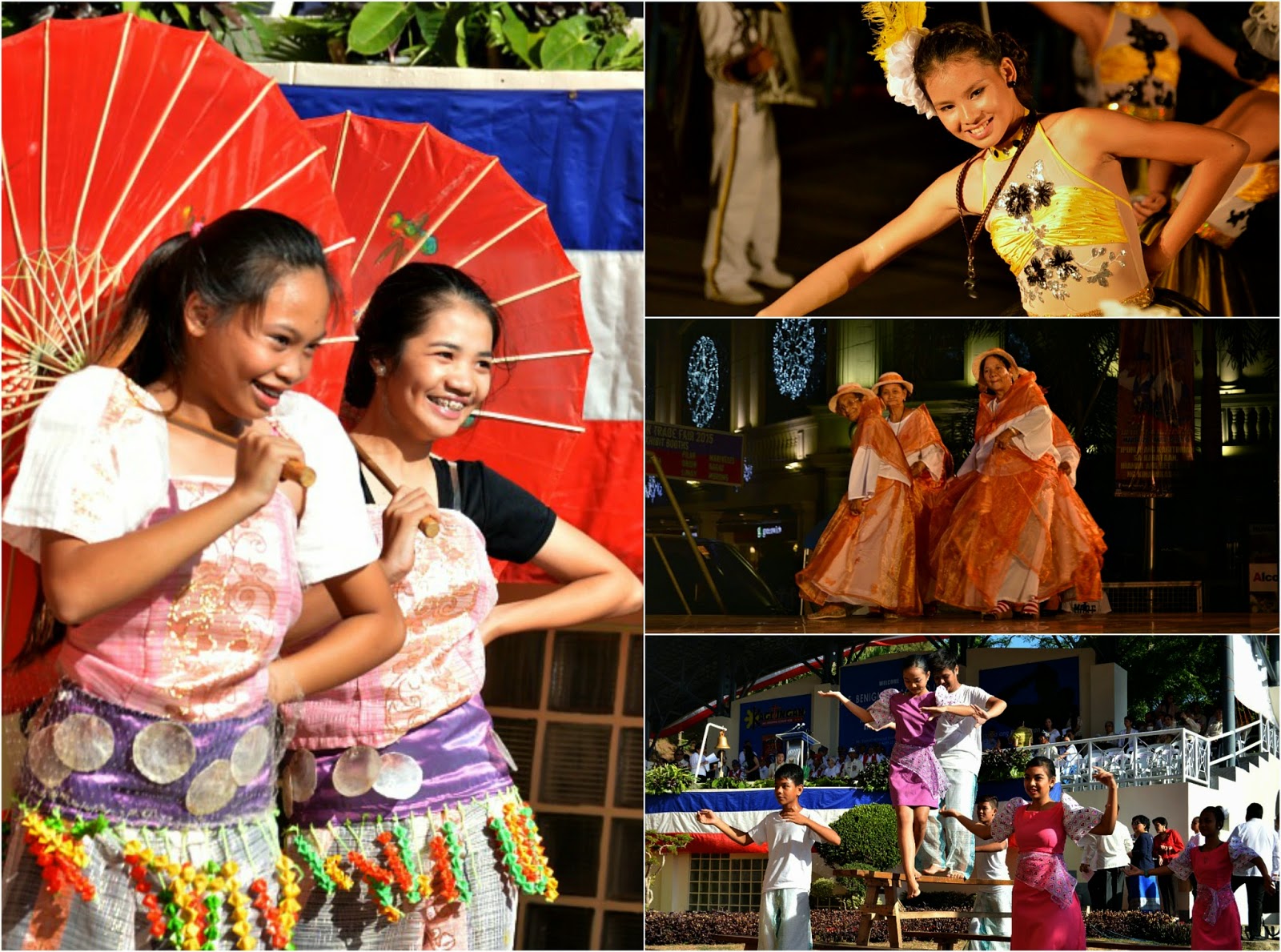Araw ng Kagitingan: Understanding the Day of Valor in the Philippines
What does it mean to remember courage in the face of overwhelming odds? For Filipinos, Araw ng Kagitingan, or Day of Valor, serves as a poignant reminder of the sacrifices made during World War II, specifically the battles fought on Bataan and Corregidor. This annual commemoration, observed every 9th of April, is more than just a holiday; it's a testament to the resilience and unwavering spirit of the Filipino people.
The history of Araw ng Kagitingan is intricately woven with the events of World War II in the Philippines. Following the attack on Pearl Harbor, Japanese forces invaded the Philippines. American and Filipino troops, despite facing a much larger and better-equipped enemy, mounted a valiant defense on the Bataan Peninsula and the island fortress of Corregidor. This defense, although ultimately unsuccessful, delayed the Japanese advance and significantly impacted the overall war effort in the Pacific.
The Bataan Death March, a harrowing chapter in the Araw ng Kagitingan narrative, followed the fall of Bataan. Thousands of Filipino and American prisoners of war were forced to endure a brutal 65-mile march to Capas, Tarlac, under inhumane conditions. This tragic event further underscores the sacrifices made by Filipino soldiers and civilians during the war.
The significance of Araw ng Kagitingan lies in its commemoration of Filipino bravery and resilience in the face of adversity. It’s a day to honor the unwavering spirit of those who fought and died defending their homeland. Araw ng Kagitingan serves as a powerful reminder of the importance of peace, freedom, and the defense of democratic values.
Understanding the history of Araw ng Kagitingan, also known as Bataan Day or Bataan and Corregidor Day, provides valuable insights into the Filipino national identity. It exemplifies the courage, determination, and unwavering commitment to freedom that characterize the Filipino people. The day transcends the mere remembrance of historical events; it's a celebration of the indomitable human spirit.
The origin of Araw ng Kagitingan can be traced back to the formal recognition of the date by the Philippine government. It is a day set aside to specifically honor the heroism of the Filipino and American soldiers who fought in Bataan and Corregidor. The day reinforces the importance of remembering and learning from the past.
One of the benefits of commemorating Araw ng Kagitingan is the fostering of patriotism and national pride. By remembering the sacrifices of past generations, Filipinos are inspired to uphold the values of courage, resilience, and love of country. For example, schools often hold special programs on Araw ng Kagitingan to educate students about the historical significance of the day and instill a sense of national pride.
Another benefit is the promotion of peace and understanding. By reflecting on the horrors of war, Araw ng Kagitingan encourages a commitment to peaceful conflict resolution and international cooperation. The commemoration serves as a reminder of the devastating consequences of war and the importance of working towards a more peaceful future.
Araw ng Kagitingan also provides an opportunity for intergenerational dialogue. Veterans' stories and experiences shared with younger generations help ensure that the lessons learned from the past are not forgotten. This passing down of historical memory is crucial for fostering a deeper understanding of national identity and the importance of preserving peace.
Advantages and Disadvantages of Commemorating Araw ng Kagitingan
| Advantages | Disadvantages |
|---|---|
| Promotes patriotism and national pride | Potential for overly nationalistic sentiments |
| Fosters peace and understanding | Risk of overlooking other important historical events |
| Encourages intergenerational dialogue | Can be emotionally challenging for some individuals |
Frequently Asked Questions about Araw ng Kagitingan:
1. When is Araw ng Kagitingan celebrated? Answer: April 9th.
2. What does Araw ng Kagitingan commemorate? Answer: The bravery and sacrifices of Filipino and American soldiers during World War II, particularly in Bataan and Corregidor.
3. What is the Bataan Death March? Answer: The forced march of Filipino and American prisoners of war after the fall of Bataan.
4. Why is Araw ng Kagitingan important? Answer: It honors the heroism of Filipinos during wartime and promotes patriotism, peace, and intergenerational dialogue.
5. How is Araw ng Kagitingan celebrated? Answer: Through memorial services, parades, educational programs, and family gatherings.
6. What is the significance of Corregidor Island? Answer: It was a key defensive position during the Battle of the Philippines.
7. What is the connection between Araw ng Kagitingan and Filipino identity? Answer: It exemplifies the resilience and courage that are central to Filipino national character.
8. How can I learn more about Araw ng Kagitingan? Answer: Visit museums, libraries, and online resources dedicated to Philippine history.
In conclusion, Araw ng Kagitingan, or Day of Valor, is a profoundly significant day for the Philippines. It serves as a powerful reminder of the courage, resilience, and unwavering spirit demonstrated by Filipinos during World War II. The commemoration not only honors the sacrifices made on Bataan and Corregidor but also fosters patriotism, promotes peace, and encourages intergenerational dialogue. By remembering and learning from the past, Filipinos can build a stronger future founded on the values of courage, resilience, and a commitment to freedom and democracy. Let us continue to honor the legacy of Araw ng Kagitingan by upholding these values and working towards a more just and peaceful world. Take time to learn more about this important day in Philippine history and share its significance with others. The stories of courage and resilience from Araw ng Kagitingan should never be forgotten.
Dress up and learn unlocking creativity with clothing themed preschool worksheets
Conquer week 16 your ultimate fantasy football guide
Decoding wyd when my gang pulls up a deep dive














